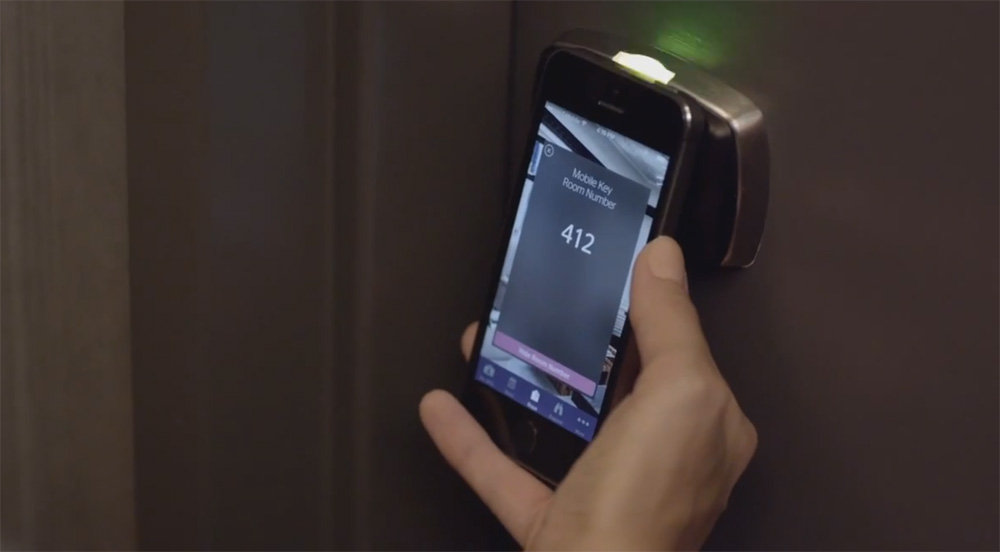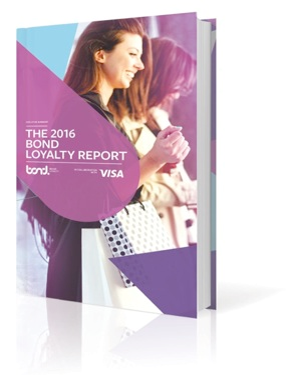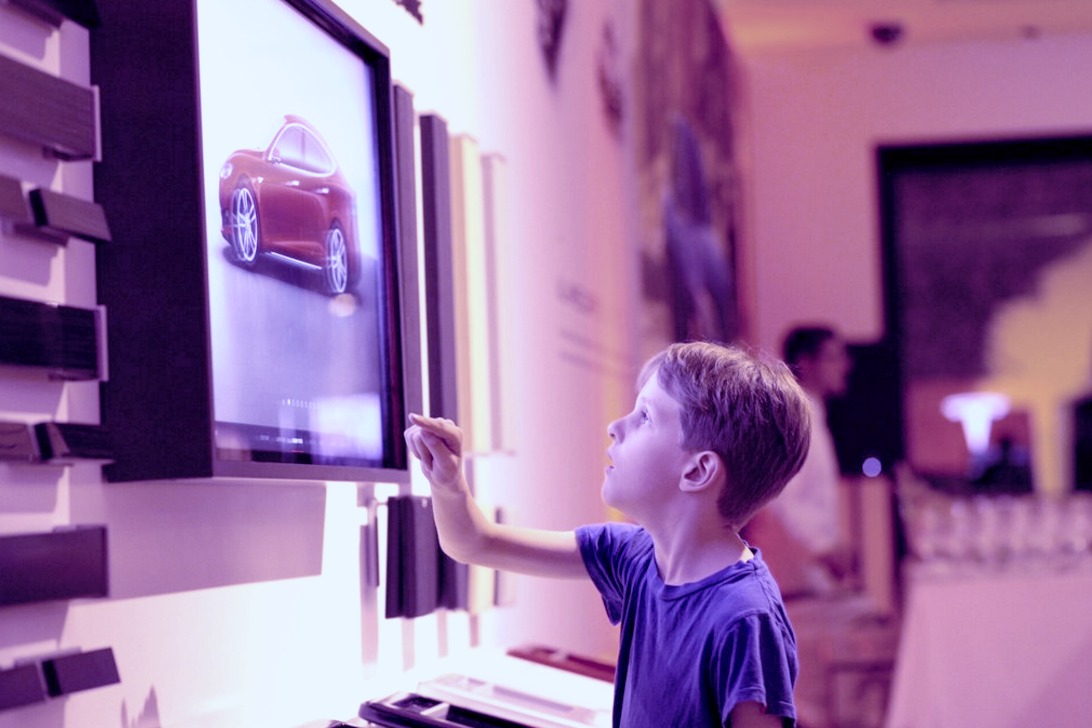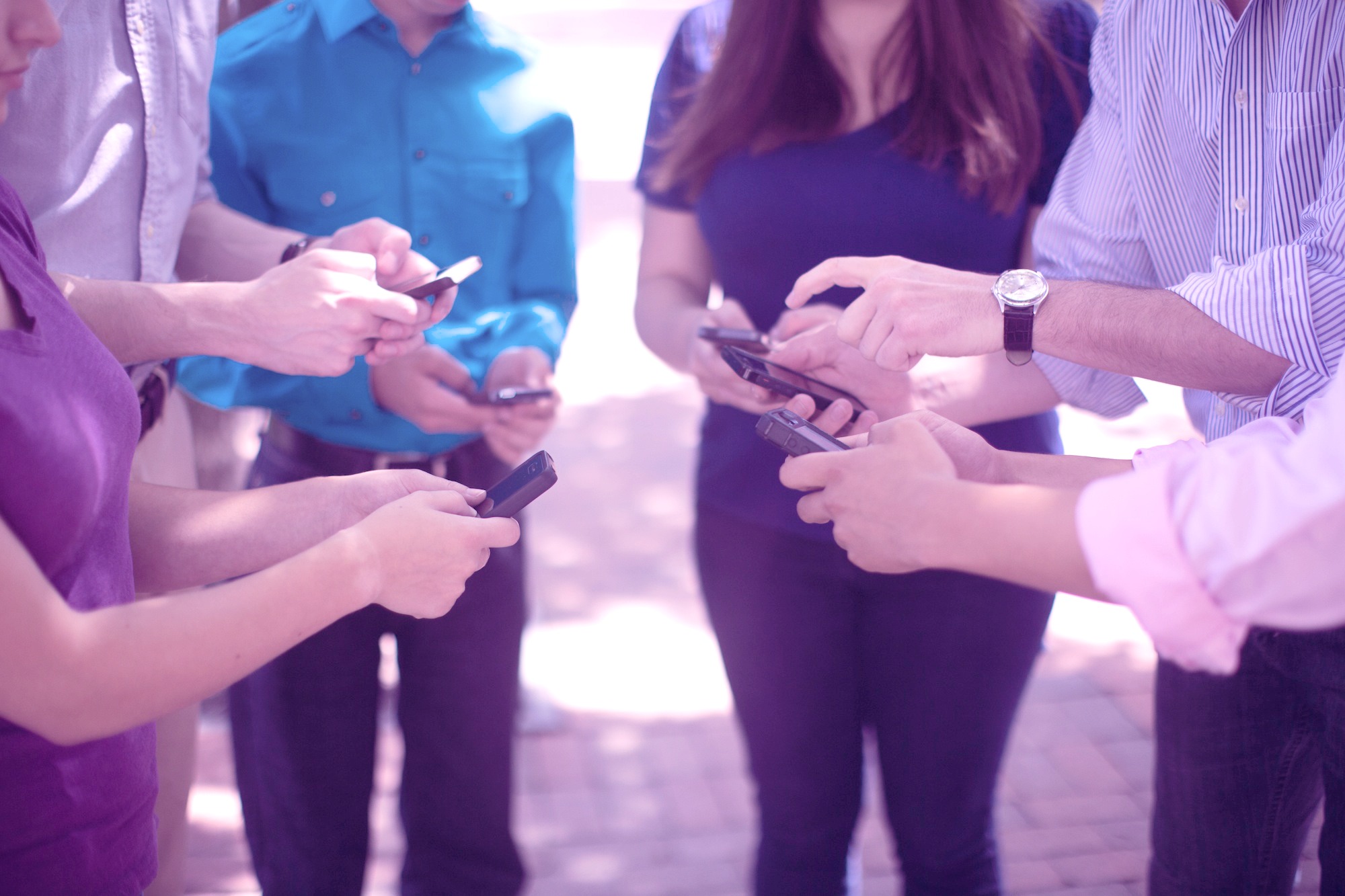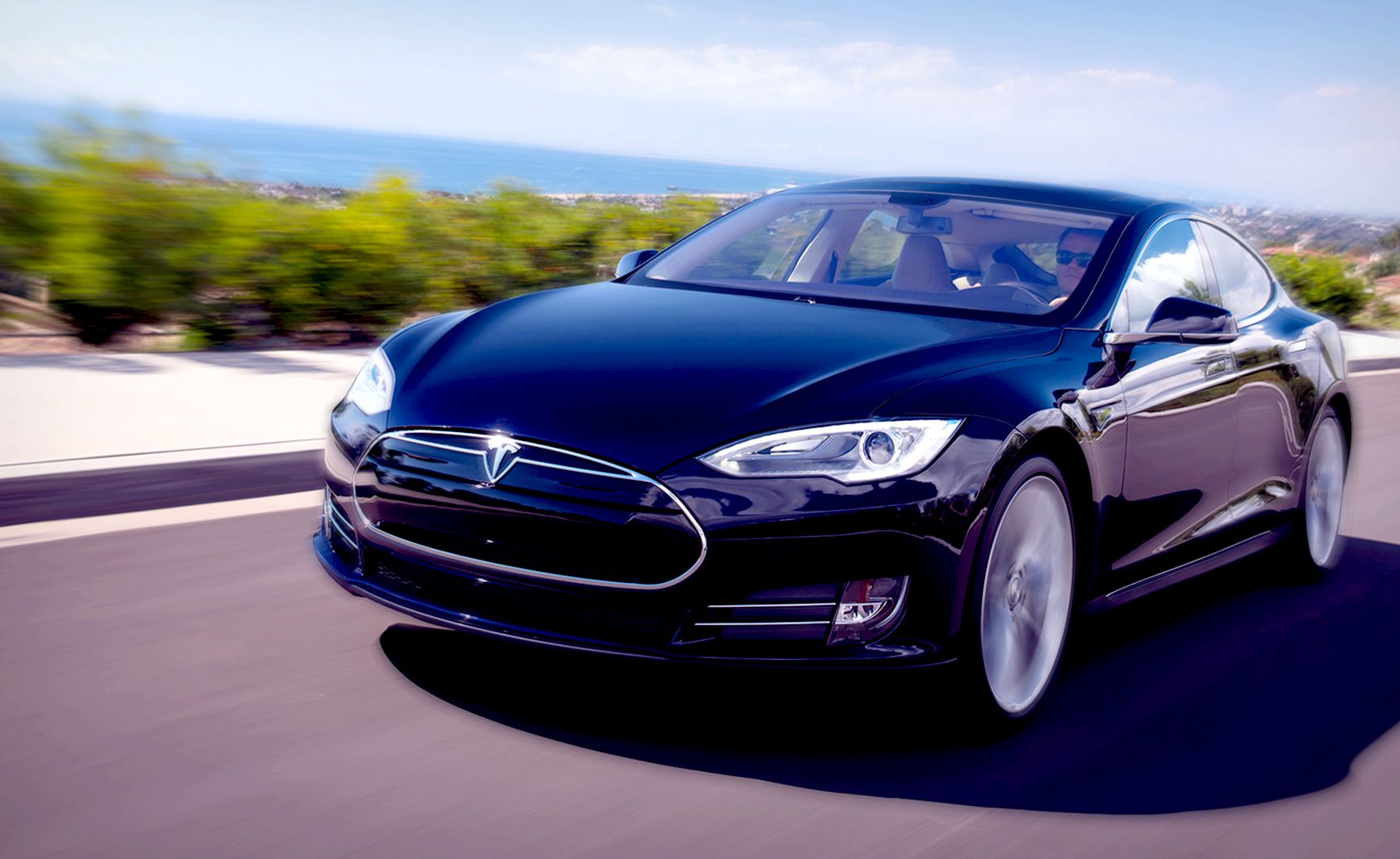Content Writer
Blog
In today’s mobile-driven marketplace, and with the rise of the Millennial “always on” consumer, having an app complement a retailer’s marketing strategy has become table stakes. Apps have evolved from simply being an extension of the digital ecosystem to leading the way for brand innovation, campaign awareness, and deeper loyalty engagement.
Never before has a brand had the opportunity to be part of such a personal customer connection—your customers’ mobile device is more than just a communication channel; it’s their hub to connect to all things, all people, and interact with your brand in more personal ways than ever before. The challenge this brings is for retailers to truly understand how users want to connect with their brand, and to develop features that enable those interactions in innovative, creative, relevant, and simple ways. The opportunity is to retain top-of-mind awareness for your brand, create habit-forming engagements, and obtain a higher reach of brand advocacy, especially when a formal loyalty program exists for your brand. Surprisingly, Bond Brand Loyalty’s 2016 Loyalty Report shows that almost 50% of consumers aren’t even aware if the loyalty program they engage with has an app, which is a lost opportunity for many retailers.
Over the past 15 years, loyalty programs have enjoyed a relatively low level of fraudulent activities. However, in recent months we have seen the level of loyalty program and loyalty card fraud increase. As “Chip & Pin” credit cards continue to become prevalent, specific industries whose business models include transactions where the physical card does not need to be present, have become the target of fraudsters. One of these in particular is the travel booking industry.
Lately, fraudulent activities have propagated to loyalty programs where the travel components of the program are the primary target. However, as there often is with fraud schemes, there’s a twist. The loyalty program is not the actual target of the fraud, but rather a means to facilitate the scheme.
Your dentist has a file on you. One that includes your name, birthdate, address and other personal details. You visit your dentist regularly, and tell your friends about your experiences with him. What if your dentist never used your first name? What if he never referred back to your visit history or dental records?
Apply this concept to a brand’s loyalty Program. When you enroll and participate in a loyalty Program, you’ve likely given up a good amount of personal information—and it’s not always put to good use, or at least not overtly. Consumers have noted this disconnect. The sixth annual survey by Bond Brand Loyalty has found that only 22 percent of loyalty program members are very satisfied with the level of personalization they’re receiving from brands. This highlights a tremendous opportunity for brands as satisfaction is 8X higher when programs are highly personalized. The thing is, personalization does not have to be complicated to yield this kind of payoff in satisfaction. Here are three steps to improve your personalization efforts today:
Make no mistake: Building authentic relationships with consumers is hard work—and getting harder by the day. Consumer expectations continue to rise. The pace of change continues to increase. The need to stay relevant is more important than ever.
Our latest research from the 2016 Bond Loyalty Report, shows that consumers continue to value Loyalty programs—programs that pay dividends back to brands in the form of loyalty, advocacy and increased spend. It’s time for marketers to start paying closer attention.
If you’ve taken a “set it and forget it” approach you’ve likely overlooked what matters most to your program Members. Taking a closer look now might land some relatively quick wins.
In many cases, the distance between the offices of marketing and the operations staff is too far. When it comes to loyalty programs, Marketers can fall into the trap of missing executional realities—including the ability to turn front-line staff into evangelical brand ambassadors.
Neglecting to include front-line representatives and other key stakeholders early in the loyalty program design process can lead to poor promotional execution of campaigns, unchecked accountability and other issues. There also can be a lack of clarity and continuity of expectations, especially with new hires. Then, as competing business priorities arise, the program becomes little more than a sideshow over time.
It doesn’t have to be this way. Our recent Loyalty360/Bond Brand Loyalty webinar, “Measure Twice, Cut Once—Get it Right From the Start!” provided a case study of a leading North American retailer whose loyalty program has set an industry gold standard. It’s not just that enrollment goals for the entire first year were met within the first month. It’s also that front-line staff were and continue to be enthusiastic participants themselves, continuing to create excitement, share tips and engender loyalty with customers.
A funny thing is happening in the loyalty industry. Consider the average North American consumer is enrolled in a record 13 formal programs that include typical features like monetary rebates, points and discounts to lock members in and keep them coming back. Now consider that actual participation in those programs (that is, customers engaging and making purchases) shrank 14% from the previous year, according to the 2015 Bond Loyalty Report.
The widespread availability of these programs is outpacing consumer demand. This oversupply is creating a growing sense of customer indifference toward the most potent mechanisms that differentiate a brand.
Funny, right? Not so much.
Just the other week, the Boston Consulting Group announced that Tesla had joined Apple and Google at the top of an annual ranking of innovative firms. In fact, Tesla raced into third position from the 41st position in just two years. As a Tesla owner, I am not at all surprised by this rapid leap to third place. Such acceleration is highly becoming of a brand that boasts a 0–60 miles acceleration, in just under three seconds.
Have you heard the news? This year will be the year of mobile!
We have been hearing this phrase uttered every year for at least the last five years and yet, somehow, we are still not prepared. We are barely scratching the surface of what is possible with mobile and are expecting big things, which are not going to happen by themselves.
We are aware of the consumers’ love affair with their mobile devices. According to Pew Research Center:
- 64% of American adults now own a smartphone of some kind.
- 44% have slept with their phone next to their bed because they wanted to make sure they didn’t miss any calls, text messages or other updates during the night.
- 29% of owners describe their mobile phone as “something they can’t imagine living without.”
Also, quite importantly for marketers, consumers use their mobile phones while they are shopping.
A few months ago, I was asked what my vision of the future of marketing would be for when my 3.5-year-old son becomes an adult. This sparked my imagination and I felt compelled to share my vision of the future of marketing. Being a data-driven marketer myself, I realize that this vision is slightly utopian, and I don’t know how many years it will take for this vision to be realized in reality. Regardless, I would love to play a key role in making this dream come true.
The young man asking this question elaborated to ask whether I believe my son will be bombarded with too many messages and too much information when he comes of consumer age, which frankly I believe has already started. My simple answer at the time was “no.” By the time he becomes an adult, all content will be curated for and by him. Even today, we have the technology to personalize all content. Just a few years ago, this meant knowing who the customer was and targeting the message to her. In this day and age, we can go far beyond knowing “who.” We can push personalization to “where” and “when.” With the consumer carrying her mobile phone on her person virtually 24 hours a day, I know not only who she is, but I know where she is and even the time and the weather in her exact location.
A few months ago when I purchased my Tesla Model S, I had no idea that Tesla had a loyalty program. Perhaps I was distracted and mesmerized by the brilliance of the technology housed in this vehicle. Maybe my attention was diverted as I was infatuated by the gorgeous design of the car. Or was I overwhelmed with joy at the prospect of never again having to fill my car up with fuel? As a loyalty practitioner, how could I have missed this, as loyalty is part of my very DNA?
As I continued to engage with the brand, it became evident that Tesla has a very clever and covert loyalty program. In fact, every Tesla owner is a member of the Tesla loyalty program, yet nobody has ever heard of the Tesla loyalty program. So how can a brand’s loyalty program exist if their customers have never heard of it, don’t recall enrolling in it or participating in it?


